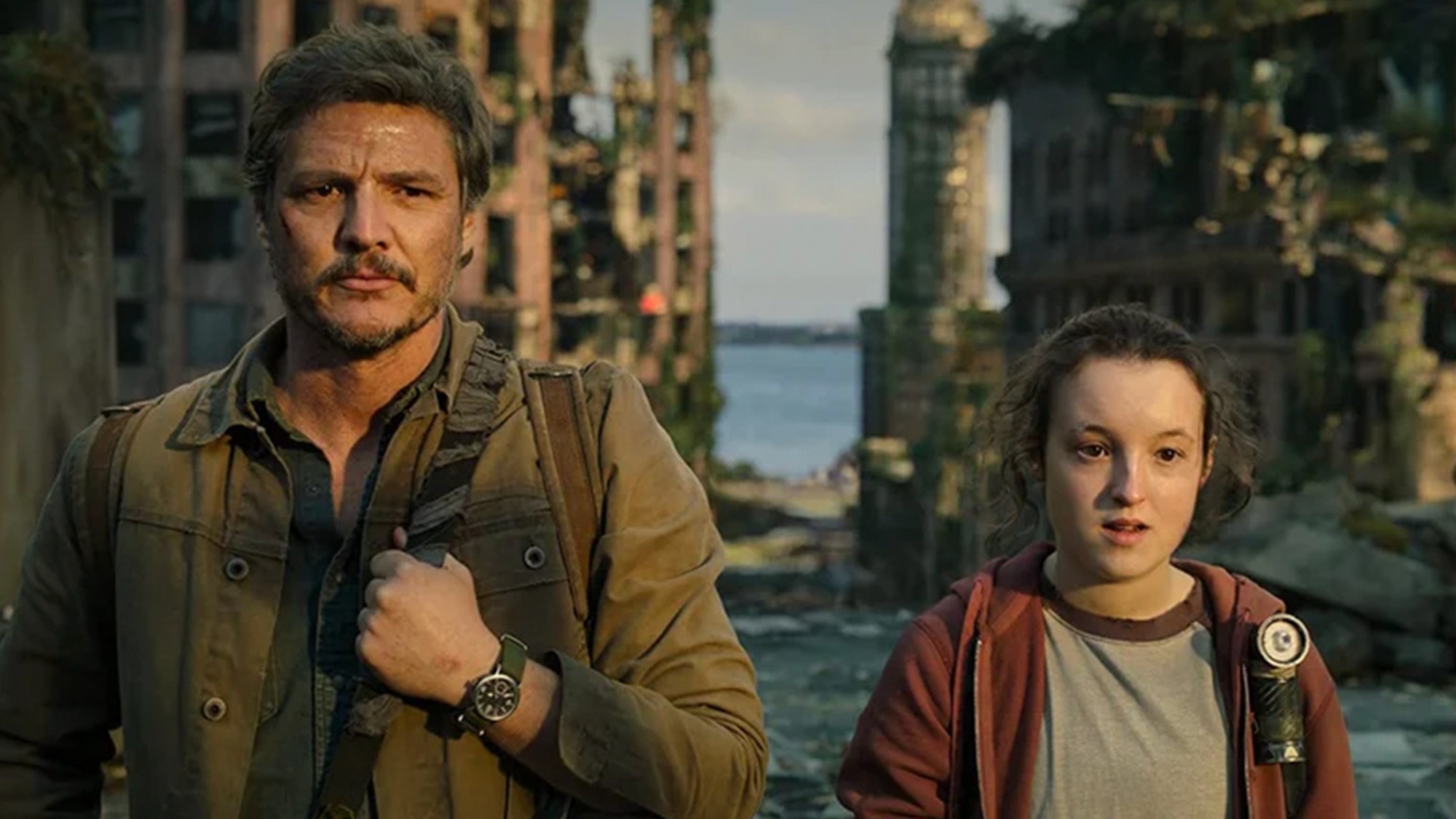GDC 2019 Highlights: Google Stadia, Oculus Rift S and More
GDC 2019 takes place from March 18 to 22; the conference will showcase all the latest announcements from Microsoft, Nintendo, Sony — and Google.
The Game Developers Conference (GDC) 2019 is upon us, and gamers know what that means: big announcements, new games and a ton of weird, wacky indies that we'd never see at bigger shows.
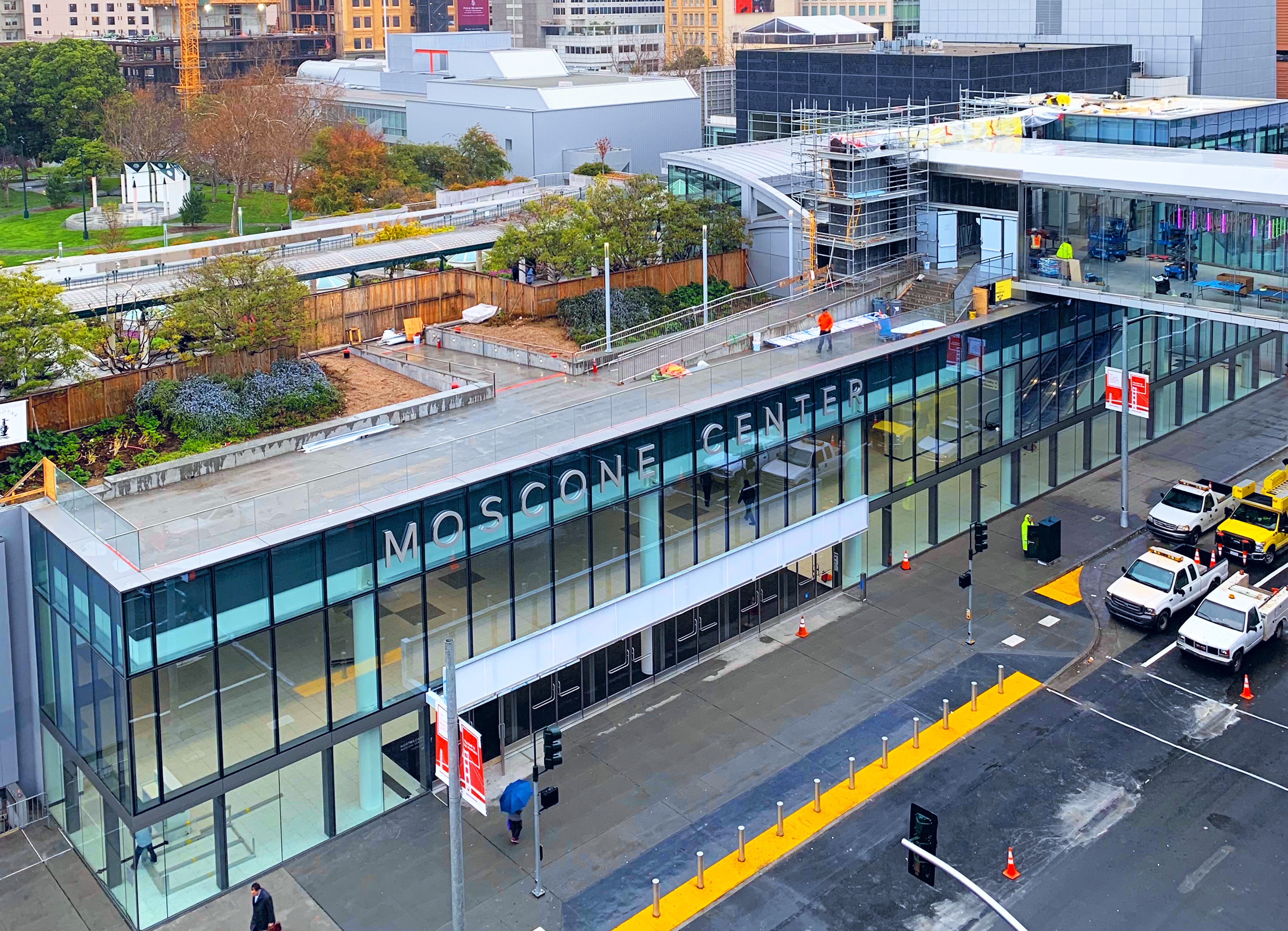
This year, the San Francisco-based convention is taking place between March 18 and 22, drawing talent from Microsoft, Nintendo and Sony; the event also marks the debut of Google's Stadia game streaming platform as well as the new Oculus Rift S virtual reality headset. Here is all the latest news from GDC 2019.
Google Stadia
Perhaps the biggest news coming out of GDC is the reveal of Google Stadia. The search behemoth took the wraps off its cloud-based gaming platform at its big keynote address on March 19 (you can rewatch the announcement on YouTube). Google's vision for the "future of gaming" will allow you to play AAA games on any device with a Chrome browser, including phones, laptops, TVs and tablets.
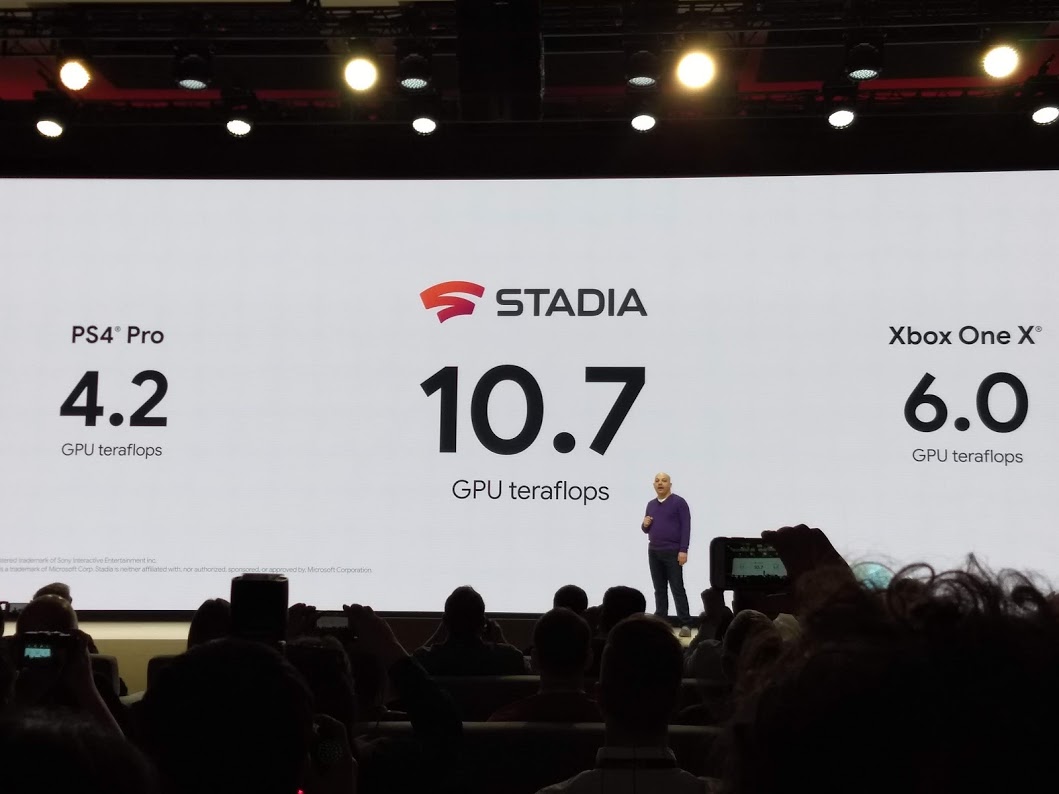
Google demonstrated on stage how you can use Stadia to power up Assassin's Creed Odyssey directly from a YouTube trailer for the game. Users can jump into the game within seconds by simply pressing a "play now" button that's overlayed on top of the video player.
Gamers can not only enter a game in various ways, but they can play on just about any device. Another impressive on-stage demo showed a player start a game on a PC then instantly switch to a Pixel Slate tablet, Pixel smartphone and a Smart TV (via a Chromecast). Stadia will support cross-platform play and cross-platform saves.
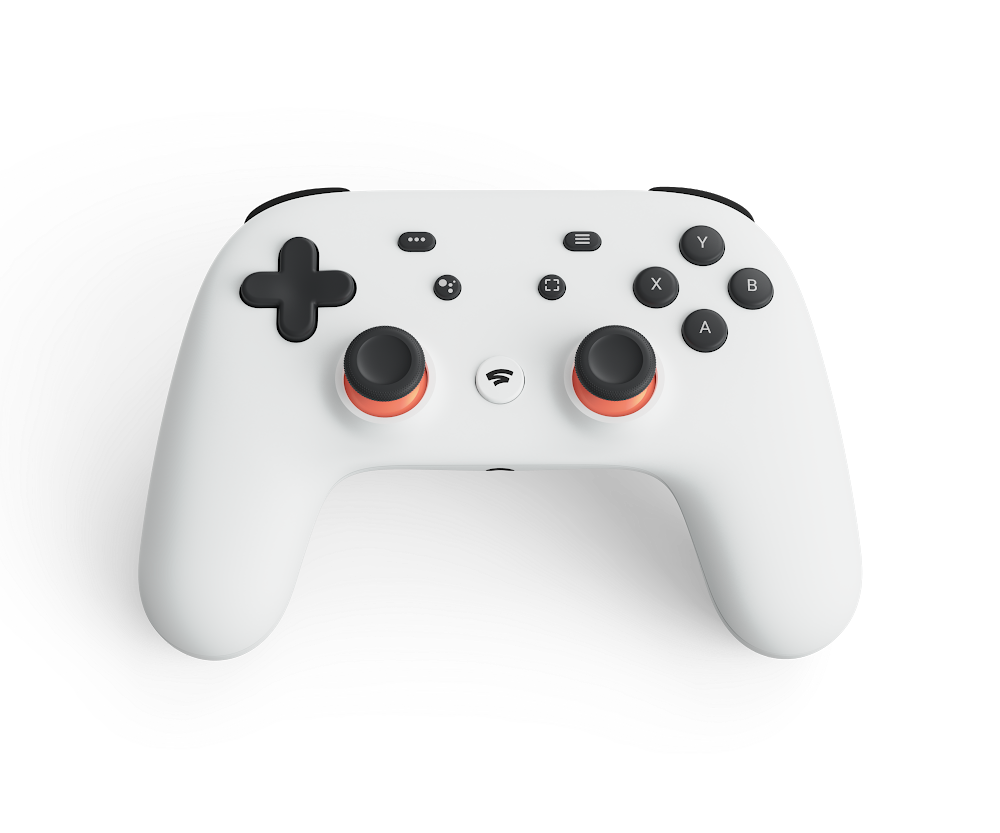
The only hardware announced (so far) for Stadia is Google's own gaming controller. The Stadia controller, which looks like the PS4's DualShock but with Xbox-style buttons, has a Google Assistant button, built-in Wi-Fi for a wireless connection and a dedicated capture button. If you don't need those features, you can also use USB-powered third-party controllers.
Using Google's powerful data centers, Stadia harnesses a whopping 10.7 teraflops of GPU power (more than the Xbox One X and PS4 Pro) to play games in 4K resolution at 60 frames per second. Don't worry, you won't have to wait a lifetime to experience such high-fidelity gaming. Id Software's Marty Stratton revealed that the developer's upcoming first-person shooter Doom Eternal will run in 4K at 60 fps on Stadia.
But perhaps the most game-changing benefit of Stadia comes from its social integration. Gamers can instantly jump into a game and play with their favorite broadcasters by simply clicking a button directly on a YouTube stream.
Stadia launches in 2019 in the U.S., U.K., Europe and Canada.
Oculus Rift S
Say hello to the latest evolution of Oculus Rift. The Oculus Rift S is an upgraded version of Oculus' flagship PC virtual reality headset, sporting improved resolution, built-in room tracking and a passthrough feature that lets you see your real-life surroundings. The headset launches in Spring 2019 for $399, and will work with all existing Oculus Rift content.
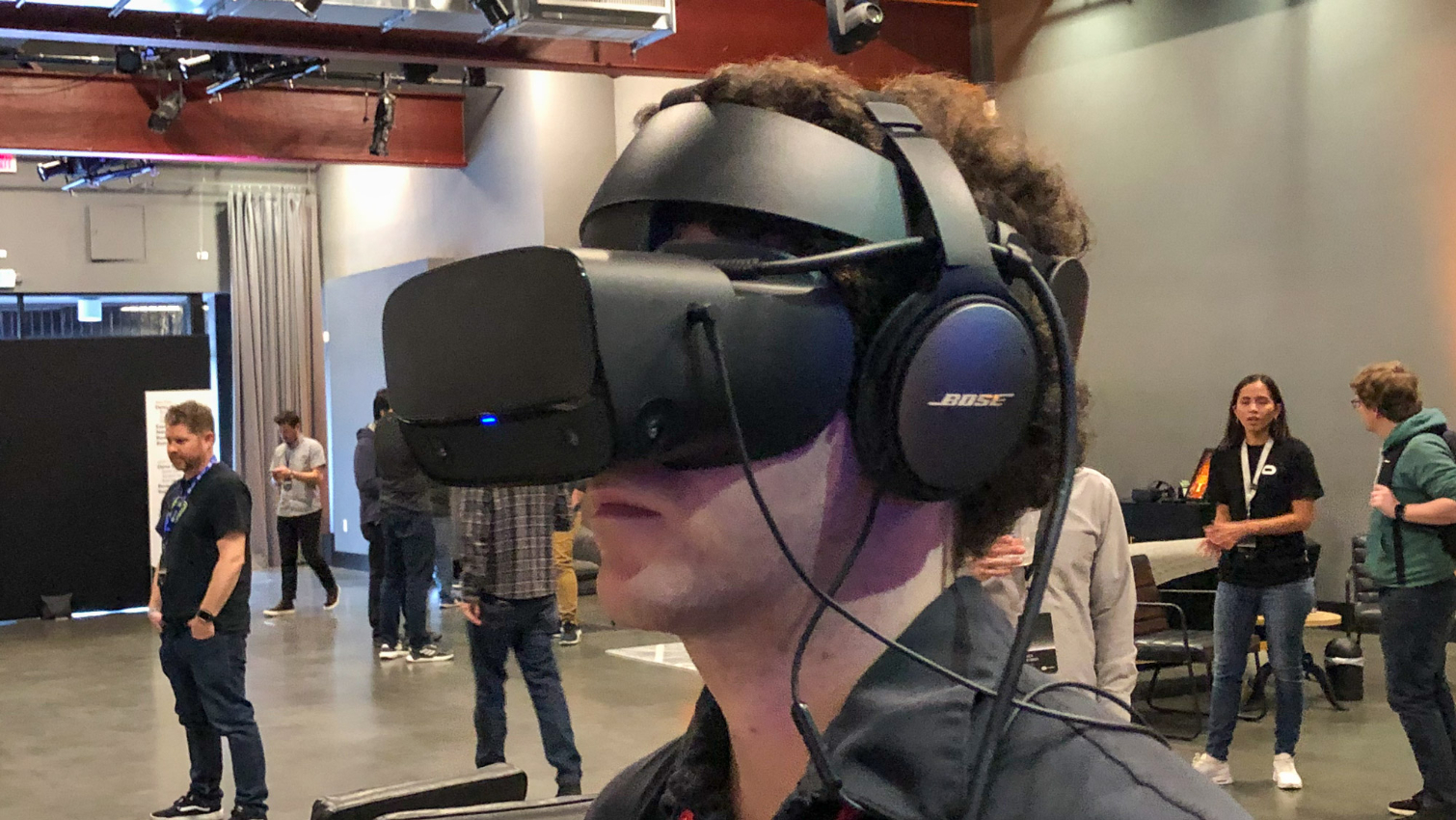
We also got our hands on exciting new VR games such as Stormland and Asgard's Wrath, and spent some more time with the fully wireless Oculus Quest, which is proving to be a great home for beloved VR titles like Beat Saber.
Indie highlights
We went hands-on at GDC 2019 with a flock of indie games coming to Nintendo Switch, including a long-awaited port for the critically acclaimed 2D action game Cuphead, along with exciting new titles, like Katana Zero and Stranger Things 3: The Game.
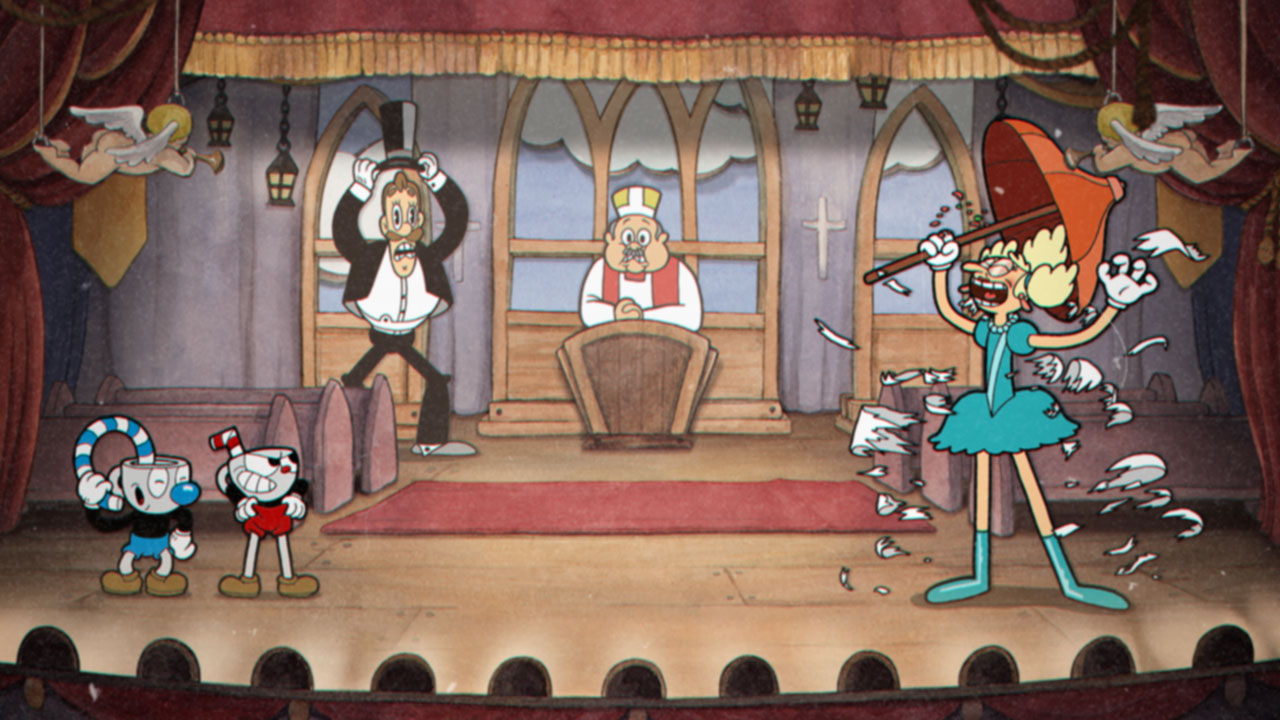
You'll be happy to know that Cuphead feels as good on Switch as it does on other platforms. Better yet, you'll be able to gain Xbox Live achievements in the Switch game shortly after launch. You know Stranger Things as a creepy thriller on Netflix but now that beloved TV show is being adapted into a retro-style puzzle game. Another standout title, Katana Zero is a challenging 2D sidescrolling action game in which you play as a samurai fighting through a future-noir world.
Nintendo showed off a bunch of other indie games for Switch at GDC 2019. For more coverage, check out our full hands-on impressions.
What else to expect
As usual, Tom's Guide will be writing up hands-on articles on titles both large and small. We'll also round up our favorite indie games, go hands-on with new hardware and provide an overview of the strangest games we found at the always enjoyable Alt.Ctrl.GDC. In previous years, Microsoft focused on indies, and we expect that trend to continue here. The Xbox One hosts a multitude of quality indie games, and Microsoft leans into GDC's well-earned reputation as a haven for independent developers.
Right now, Google's announcement is the huge news from the show, but if past experience is any indication, a few other big things will crop up as the show progresses.
And, of course, we'll present our Best of GDC Awards once the show wraps up. We'll update this page with more information. Until then, happy gaming!
Sign up to get the BEST of Tom's Guide direct to your inbox.
Get instant access to breaking news, the hottest reviews, great deals and helpful tips.
Marshall Honorof is a senior editor for Tom's Guide, overseeing the site's coverage of gaming hardware and software. He comes from a science writing background, having studied paleomammalogy, biological anthropology, and the history of science and technology. After hours, you can find him practicing taekwondo or doing deep dives on classic sci-fi.

